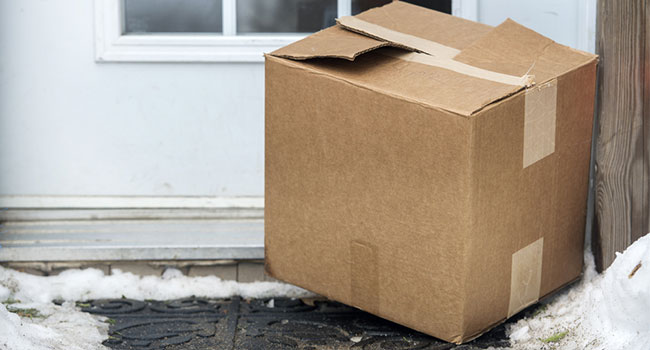
UPDATE: Fourth Exploding Package Plagues Austin, Texas
Package bombs left on porches in Texas have killed two people and wounded two more.
- By Sydny Shepard
- Mar 19, 2018
[UPDATE: March 19, 2018 9:00 a.m.]
Austin Police said an explosion in a residential neighborhood Sunday night appeared to be related to three bombs that detonated earlier this month, sending the Texas city into a worried frenzy wondering who could be behind these serial bombings.
The Sunday night blast injured two men who were riding bicycles through a residential area, they were taken to the hospital with serious, but not life-threatening injuries, officials said. This one differed from the first three explosions as it was not found on the front porch of a home, but rather on the side of the road.
Residents in the area spoke about how it was a very quiet area and many people walk and ride their bikes through the neighborhood often.
Authorities are still puzzled as to how the explosive devices are being set off, only saying that they bombs were sophisticated and could have been motivated by racial bias, although they acknowledged this remains only a theory.
Original story posted below.
Authorities say that two package explosions in Austin that killed a teenager and wounded two women are likely linked attacks that are associated with a third package explosion earlier this month.
Austin Police believe the three packages were connected because they were all placed on the front porch of homes in the state's capital city rather than being delivered by a mail service. Two happened on the same day, hours apart and within 10 days of the first package explosion which killed one person.
Austin police Chief Brian Manley said at a news conference that the U.S. Postal Service has no record have delivering the packages, instead they believe the first package bomb was placed on the front porch just before 7 a.m. and later brought into the kitchen of the home where it exploded on Monday killing a 17-year-old and leaving a 40-year-old woman critically injured.
The second explosion happened just before noon, five miles away from Monday's first explosion site. One 75-year-old woman was injured and is in critical care.
On March 2, a package explosion killed Anthony Stephan House, according to the Austin Police Department. Both he and the victims of the Monday explosions were either African-American or Hispanic.
Chief Manley described the bombs as "very powerful," and told reporters during a press conference that the packages were left on the door steps of homes quietly. The suspect was not ringing the doorbell to alert homeowners of the package.
Austin Police are searching surveillance footage from nearby homes in an attempt to identify a suspect. The FBI is helping Austin police with the investigation.
About the Author
Sydny Shepard is the Executive Editor of Campus Security & Life Safety.